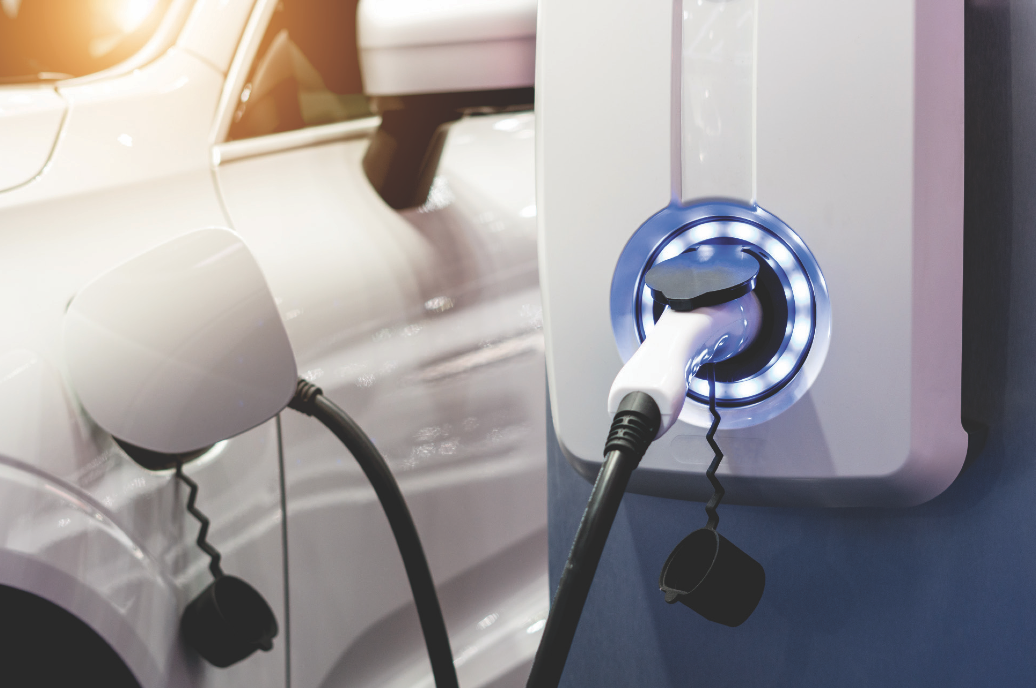The world is on the verge of the electric vehicle age. You’ve likely heard this before, but is it true? And if so, when will it actually happen?
In support of the electric tip-ping point, consider the 2022 GMC Hummer. The SUV that had previously defined the term “gas guzzler” cast off its internal combustion engine for an all-electric powertrain. The Hummer is part of a wave of next-gen electric vehicles (EVs) that is upending the notion that eco-friendly automobiles are small, slow and less functional.
EVERYONE ON BOARD
“The newer vehicles coming out just get better,” says Andrew Bell, director of the Electric Vehicle Association of Alberta. While EVs still make up a small portion of all new cars, their numbers grew last year. According to Statistics Canada, they increased by nearly 40 percent from 2020 to 2021.
Electric vehicle devotees say that’s largely because manufacturers are starting to electrify the types of vehicles Canadians crave most. Makers from GMC, Ford and Chevrolet to BMW, Volvo and Tesla are all on board. These manufacturers have all released or plan to release top-of-the-line electric vehicles.
FILL ‘ER UP
Many of those models will get upwards of 500 km per charge. It’s a number that should go a long way towards easing range anxiety—especially in Western Canada.
Though most EV owners charge their vehicles at home, top-up options are popping up across the country. Alberta, Saskatchewan and Manitoba are home to nearly 900 public charging stations, including 123 fast-charging stations that can replenish most vehicle batteries in less than an hour. There is also more investment happening in infrastructure, including private funding. The goal is to have a solid network in place by 2035 to meet the federal target for all new light-duty cars and passenger trucks to be zero-emission.
MORE TO READ
Alberta’s future is looking bright with the addition of Electric vehicles.
One barrier EVs will have to overcome is their sticker price. Most new models cost $10,000 to $15,000 more than similar gas-powered vehicles, though federal government incentives could knock off up to $5,000 of that total for some models.
With gas prices flirting with all-time records, Bell says electric vehicles are likely cheaper than their gas-burning cousins over the long haul. A tracker on the Electric Vehicle Association of Alberta website (albertaev.ca) allows visitors to compare fuel costs of gas and electric cars. In Alberta and Manitoba, it finds the all-electric Nissan Leaf will cost the average driver at least $1,500 less to fuel than a Honda Civic over the course of a year.
CHICKEN SOUP FOR THE ELECTRIC VEHICLE SOUL
Because electric cars have far fewer moving parts, they’re also usually cheaper to maintain. Think tanks such as British Columbia’s 2° Institute estimate EV owners will save around $500 annually in repair costs. With the federal rebate, some EV owners can see real savings in as little as a few years.
There are, of course, environ-mental benefits as well. Driving a Leaf, for example, will emit just 0.26 kg of greenhouse gases every 100 km. Meanwhile a gas-powered Civic will release 66 times that number, according to the Electric Vehicle Association of Alberta.
Contrary to some beliefs, EVs also deliver seat-of-the-pants acceleration, something especially true of newer models. “People are really drawn to the tech,” Bell says. “I don’t know a single EV owner who will ever go back to gas.”
